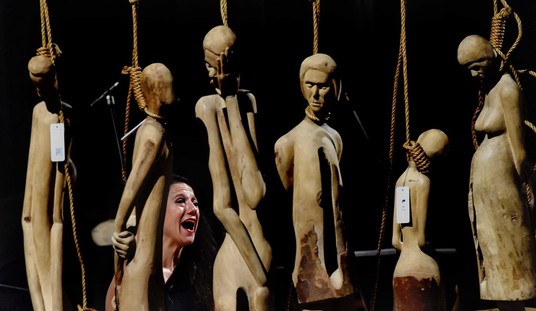In 1886, a parcel went unclaimed in the freight office of a rural Minnesota railroad station. After some time, the curious station agent discovered the box contained a large number of watches.
An enterprising young man, he asked himself who might need watches more than people working for and using the nation’s rapidly spreading network of railroads bringing people, goods and schedules to rural America and across the nation?
The young man was correct. The box of watches quickly sold out at a handsome markup. So, the agent ordered more and more and more. In six months, he’d cleared $5,000 profit ($134,000 in today’s money). He quit the railroad job to sell watches full-time, usually by mail.
That’s when Richard Warren Sears and his future partner Alvah Curtis Roebuck began revolutionizing the American retail business. Later, vast malls would alter American retailing and even later, Amazon would take it online.
Using a massive annual catalogue exceeding 500 pages and the new Rural Free Delivery system, Sears-Roebuck brought the consumer society to every household in America.
To millions of customers far from its Chicago headquarters, Sears sold and mailed everything from underwear, hubcaps and Kenmore washing machines to Craftsman tool kits, jewelry and prefabricated homes with set quality and prices, unlike local general stores. When each year’s new catalogue arrived, the old one’s pages went into the outhouse for another purpose.
Later, Sears built its own battalions of brick-and-mortar stores outside central business districts near residential neighborhoods with easy parking, merchandise appealing to men too and open floor-plans for customers to browse on their own.
Today, after a quarter-century of declining sales, financial troubles, corporate disassembly and debatable management, Sears-Roebuck and its in-house property K-mart may die, like the passenger railroads that spawned it. That would take 68,000 jobs into the corporate grave with it.
Today is the deadline for bids to buy the entire iconic company out of bankruptcy. The only expected offer is the $4.5 billion from Eddie Lambert, a hedge fund manager who’s been running the place in recent years. He appears to be having trouble arranging financing.
Failing that, the piecemeal liquidation of the old Sears-Roebuck will continue with the real estate beneath its store sites as the most-prized assets.
And, of course, the memory of one individual’s capitalist success story that became part of the fascinating fabric of American history.








Join the conversation as a VIP Member